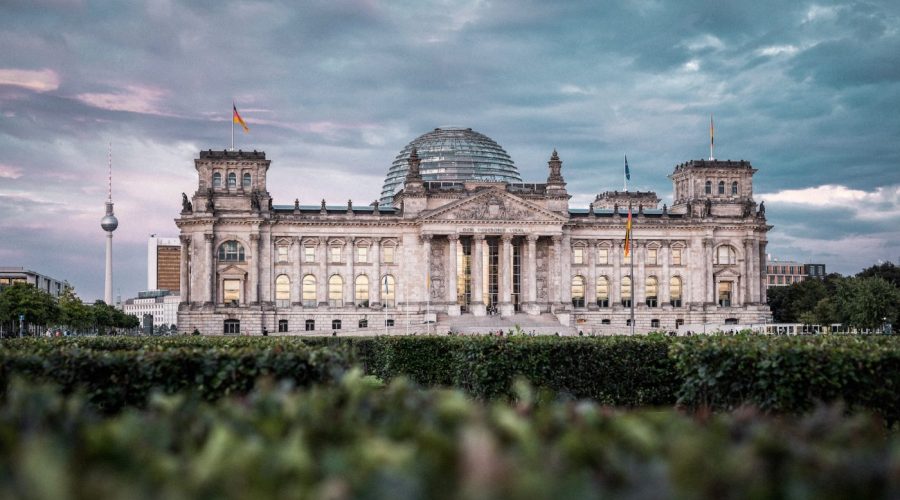What Was the Financial Cost of Maintaining the Berlin Wall?
The actual structure that was around for almost three decades was the symbol of the division of east and west Germany and served also as a financial burden for the East Germany government. As mentioned earlier, the wall was built on August 13, in 1961 to effectively act as a fence as well as a barrier that separates the two sides of the city of Berlin. Thus, the wall had political and social significances; nonetheless, building the wall was not a cheap solution: it also bore economic consequences.
The Construction Expenses
When Berlin Wall was first built the first barrier was a barbed wire and other barriers set up to hinder movement across the border. The barrier then became as barbed wire; however, this was replaced by a concrete wall symbolizing razor wire, watchtowers, anti-car ramps, a death strip with electrified fences, trip wire, alarm and minefields.
It is difficult to determine the approximate cost of constructing the wall but it is estimated that the East Germany spent approximately 1.3 billion East German marks on erecting it. Converted into today’s prices, this has been calculated to be around 10 billion euros when reduced to current rates of inflation.
Annual Maintenance
The East German government had to continue to spend money to sustain the Berlin Wall. Many jobs pertain to the walling such as repairing work, patrolling and guarding had to be done continually. This resulted in higher cost of maintenance each year due to introduction of other security measures.
However, it has not been estimated how much East Germany was spending on maintenance each year but it was calculated that it was millions of East German marks spent per year on maintaining the wall.
Guard Forces
The East German government ensured that many guards were placed around the Berlin Wall in order to forestall any attempts to cross the wall illegitimately. These guards were supposed to patrol around the wall and for this reason they were trained.
Relating to maintenance, a large percentage of the expenses were incurred on the employment of guard forces. It consisted of wages for the guards, housing, meals as well as other items necessary for their needs. For security purposes, the guards were armed with guns, trucks, and communication gadgets for security surveillance purposes.
Repair and Reconstruction
There were several reasons for that, including wall lesions which obviously needed occasional corrections because of the unfriendly weather, vandalism, etc, and escape attempts. These costs were dependent on the following factors, or totting the extent of the damages.
They involved fixing of openings and other damages on the wall, replacement of security gadgets and consolidation of insecure parts. In some instances, it was even necessary to build new wall cuttings from scratch, as they had crumbled or been destroyed. It further states that the cost of repair and reconstruction of the wall also contributed to the total cost of maintaining the wall.
Consequences of Wall’s Maintenance Expenses
Half of the II GDR’s gross fixed capital formation was being channeled to the financing of the Berlin Wall, a project that had dire consequences on the area’s economy. The government had to spend a tremendous amount of money for the maintenance and construction of the wall which affected other sectors and programs such as health, education, and other infrastructures.
The cost of the maintenance further enhanced the load on the East Germany economy which could hardly support the expenses thereby deepening the divide between the two sides of Berlin. An important factor that contributed to the initiation of the fall was that the financial burden too became too stretched and unbearable which in 1989 led to the fall of the wall.
In Conclusion
Firstly, it is obvious that the expenses for the construction and maintenance of the Berlin Wall were not only monetary but also complied with social and political costs. During the construction of the wall, the subsequent years of its existence and maintenance as well as its repair costs a lot of money to the East German government. The financial aspect of the wall was another substantial problem, as the cost of the wall construction was too high for east Germany, thus transferring capital to the wall construction meant that the resources were being taken from the economic sector that was already poor. Awareness of such costs makes the understanding of the importance of the onset and eventual fall of the Berlin Wall towards the reunification of Germany comprehensible.
Table of Contents



